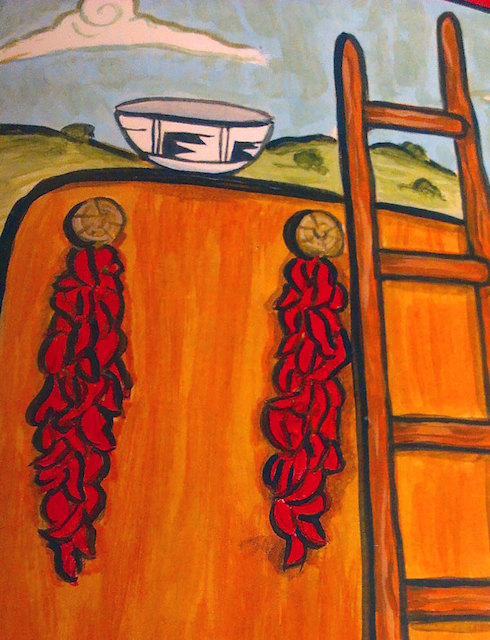Book Review: How Chile Came To New Mexico / Comó Llegó El Chile A Nuevo México


Detail showing those lovely brush strokes
Latest Article|September 3, 2020|Free
::Making Grown Men Cry Since 1992


Detail showing those lovely brush strokes


